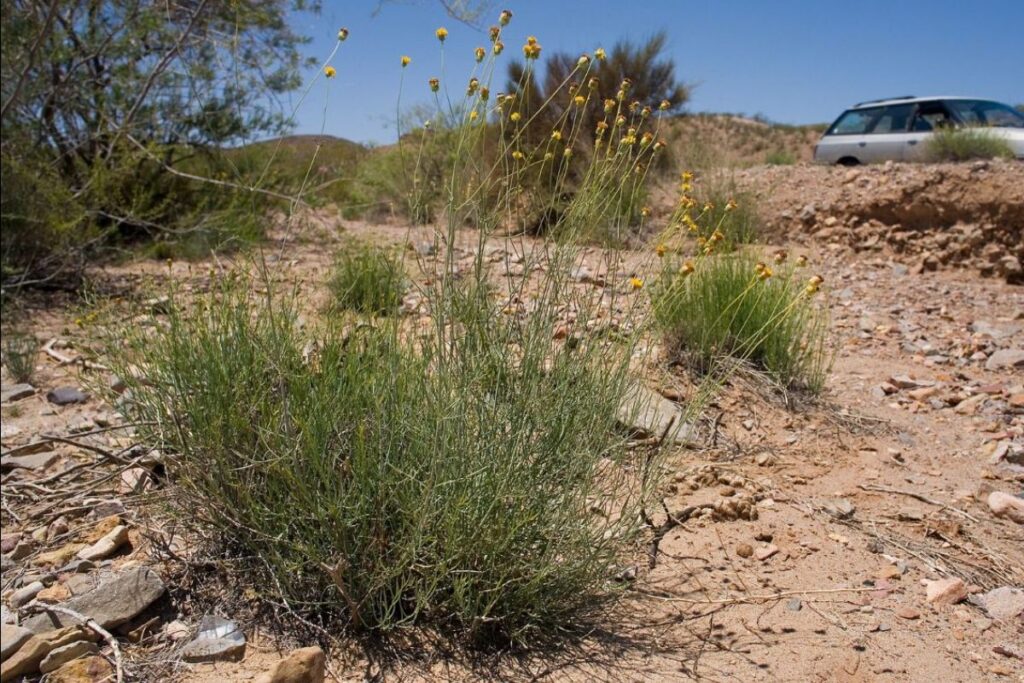
July 26, 2023
Navajo tea is an example of a plant that is native to New Mexico and works particularly well with local pollinators. Patrick Alexander via New Mexico State UniversityThe asphalt, concrete, buildings, gravel gardens, and non-native landscaping we’ve been installing in Albuquerque for the last century or so have not been kind to the local bees, butterflies, moths, and bats. There is still habitat out there, to be sure, but it’s fragmented, isolated, and generally hard for the critters to pop back and forth. And while some pollinators can work with just about any flower on offer, others will only touch native varieties that are sometimes difficult to find.
That is precisely the problem a project called Pollinators in the Neighborhood is trying to chip away at through an educational push and plant giveaway aimed at residents of Barelas, Huning Castle, Raynolds, West Park, and West Old Town. The first part of the program is a “pollinator jamboree” at the botanic garden on August 19, an event that will feature speakers and one-on-one sessions with people who can help make plans for individual yards.
“You can get advice from experts on what would be the best and most appropriate plants – from our plant list – to plant in your yard,” organizer Elizabeth Reed told DAN. “We’re trying to create connectivity – corridors – between habitat.” (Register for the event here.)
Part two happens on Saturdays in September at different locations around the target neighborhoods. There, neighbors can pick up free kits consisting of two or three varieties of plants along with a shrub or grass. (Organizers will be passing out fliers door-to-door, so keep an eye out for those or contact your neighborhood association for details.)
But while this project focuses on just five neighborhoods, it is part of a much larger effort to support the species that in turn support the reproduction of 80 percent of the world’s flowering plants – many of which humans end up eating. Reed is hoping that the events in the coming weeks will feed a few participants into the ABQ Backyard Refuge Program, a local habitat certification and education effort. The city, which along with Bernalillo County and others is sponsoring the program, is also working to create more precise maps of prime pollinator habitat – the better to make planning decisions for future connecting corridors.
To be sure, it is a long game. There are many people left to tell about pollinator plants and many yards left to plant. Reed compares it to the decades-long effort to change minds about the dangers of drunk driving.
“We’re creating a movement,” she said.
Subscribe to Downtown Albuquerque News here.
